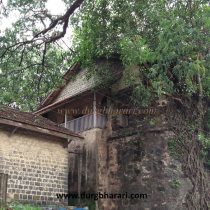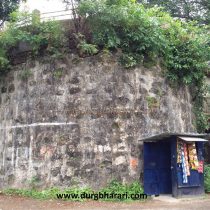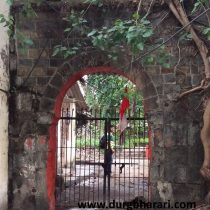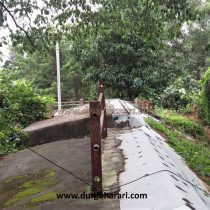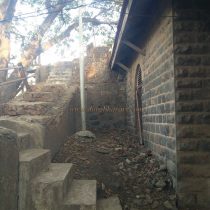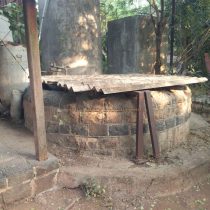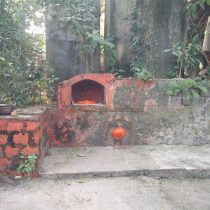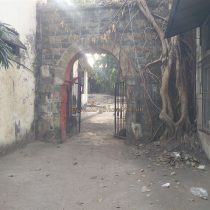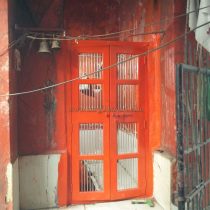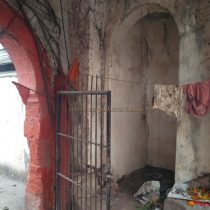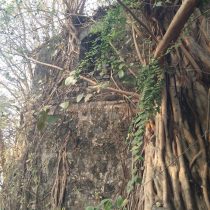DAHANU
TYPE : COASTAL FORT
DISTRICT : PALGHAR
HEIGHT : 0
GRADE : EASY
To reach Dahanu fort, get off at Dahanu station by the local train of Western Railway. The fort is situated at a distance of about 6-7 km from Dahanu station. The fort can be reached in 10 minutes from this station. Dahanu Fort is situated at the mouth of the creek and this creek to the west and south of the fort has given natural protection to the fort. On the north bank of Dahanu Bay, there is a large part called Dahanu. The south of the creek is mainly inhabited by the Koli community. As the fort is currently being used as a collector’s office, it is not possible to move around freely. The famous Dahanu port of Dahanu province has been referred to since the first century. In ancient times, Dahanu was a large port. The city of Dahanuka and the river are mentioned in the caves of Nashik.
...
It is also mentioned that Ushavadatta, the son-in-law of Nahpan king, had arranged for a boat to pass through Dahanu creek. Dahanu fort was playing an important role in keeping an eye on the sea traffic between Daman and Tarapur. The Portuguese captured Dahanu province from the Sultan of Gujarat by a treaty of 1534 AD. Realizing the importance of Dahanu port, Captain Nossa Senora De Augustiya built the Dahanu fort. A record of 1634 mentions a statue of Captain Nossa Senora de Augustiya, but we do not see any such statue at present. During the reign of Shivaji Maharaj, Dahanu was ruled by the Portuguese. It was invaded by the Mughals in 1582 but was repulsed. In May 1683, Sambhaji Maharaj invaded Dahanu province. In Chimaji Appa's expedition, Dahanu fort came to the Marathas in 1739. After the Anglo-Maratha treaty of 1818, the Dahanu fort went to the British. In 1888, a police and collector’s office was set up here. During the British rule of Dahanu fort, old buildings were destroyed and new buildings were constructed. The fort has two entrances and the main entrance is to the north. The remains of the fort consist of four strong bastions and four cannons (two on main entrances & two at the back of custom office), a well, two gates, and a porch. In the British documents of 1818, It is said that the fort had 11-12 meters high and 3 meters wide ramparts, four beautiful bastions, and a tower of strong construction. According to historical records, the army of the fort consisted of a captain, some Portuguese, two corporals, three messengers, two Arabian horsemen, some Christian families, and some hunting eagles. Fort round has to be completed keeping in view the present appearance and history of the fort.
© Suresh Nimbalkar

